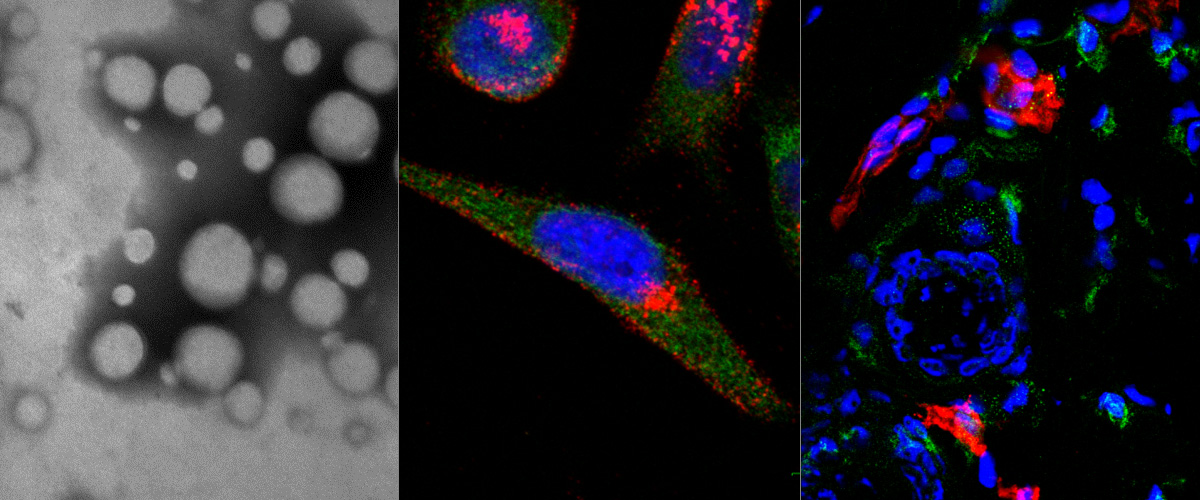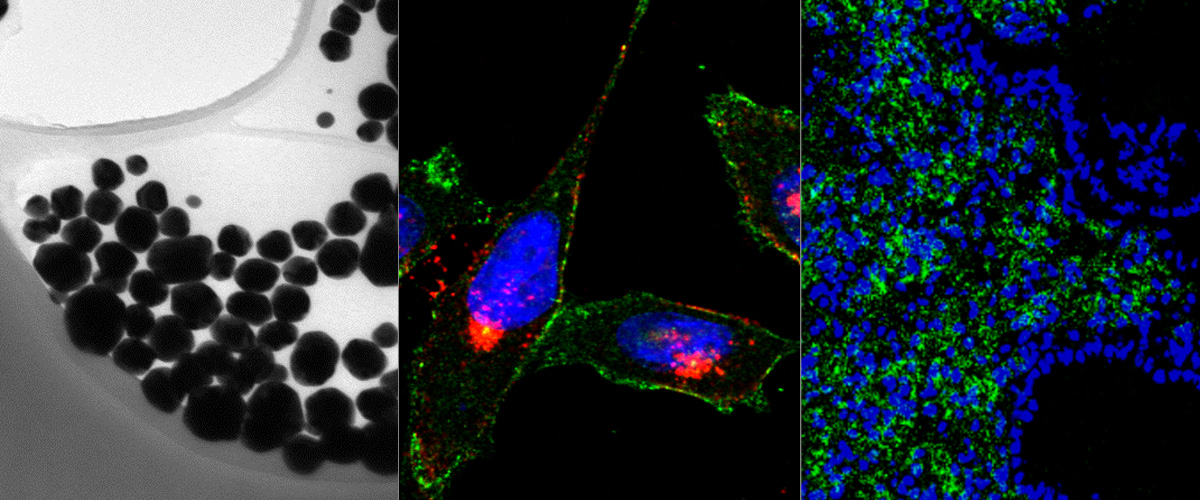https://www.ncbi.nlm.nih.gov/pubmed/28603028
Abstract
Gastrointestinal and gynecological malignancies disseminate in the peritoneal cavity - a condition known as peritoneal carcinomatosis (PC). Intraperitoneal (IP) administration can be used to improve therapeutic index of anticancer drugs used for PC treatment. Activity of IP anticancer drugs can be further potentiated by encapsulation in nanocarriers and/or affinity targeting with tumor-specific affinity ligands, such as tumor homing peptides. Here we evaluated a novel tumor penetrating peptide, linTT1 (AKRGARSTA), as a PC targeting ligand for nanoparticles. We first demonstrated that the primary homing receptor for linTT1, p32 (or gC1qR), is expressed on the cell surface of peritoneal carcinoma cell lines of gastric (MKN-45P), ovarian (SKOV-3), and colon (CT-26) origin, and that peritoneal tumors in mice and clinical peritoneal carcinoma explants express p32 protein accessible from the IP space. Iron oxide nanoworms (NWs) functionalized with the linTT1 peptide were taken up and routed to mitochondria in cultured PC cells. NWs functionalized with linTT1 peptide in tandem with a pro-apoptotic [D(KLAKLAK)2] peptide showed p32-dependent cytotoxicity in MKN-45P, SKOV-3, and CT-26 cells. Upon IP administration in mice bearing MKN-45P, SKOV-3, and CT-26 tumors, linTT1-functionalized NWs showed robust homing and penetration into malignant lesions, whereas only a background accumulation was seen in control tissues. In tumors, the linTT1-NW accumulation was seen predominantly in CD31-positive blood vessels, in LYVE-1-positive lymphatic structures, and in CD11b-positive tumor macrophages. Experimental therapy of mice bearing peritoneal MKN-45P xenografts and CT-26 syngeneic tumors with IP linTT1-D(KLAKLAK)2-NWs resulted in significant reduction of weight of peritoneal tumors and significant decrease in the number of metastatic tumor nodules, whereas treatment with untargeted D(KLAKLAK)2-NWs had no effect. Our data show that targeting of p32 with linTT1 tumor-penetrating peptide improves tumor selectivity and antitumor efficacy of IP pro-apoptotic NWs. P32-directed intraperitoneal targeting of other anticancer agents and nanoparticles using peptides and other affinity ligands may represent a general strategy to increase their therapeutic index.




